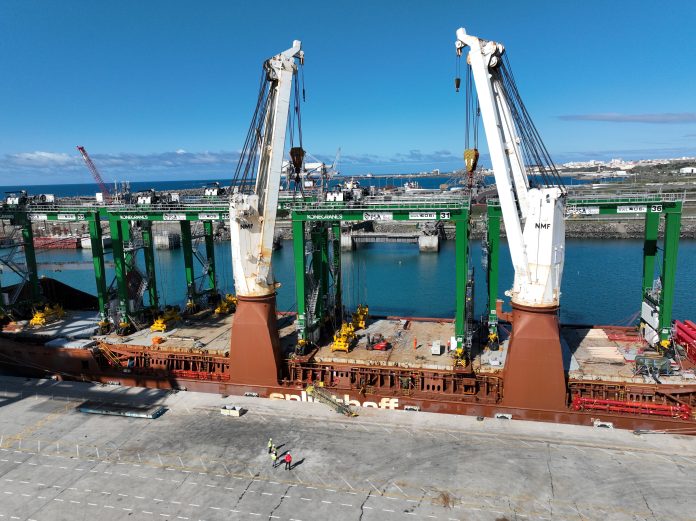Portugal’s terminal operator PSA Sines initiated its journey towards fully automated yard operations with the arrival of six new fully automated Rubber Tired Gantry Cranes (aRTGs).
These cranes will complement the existing twenty-nine-yard cranes, empowering PSA Sines to enhance its operational capacity.
Expected to bolster productivity and safety while advancing sustainability objectives, these new aRTGs constitute Stage One of PSA Sines’s Phase III expansion project. Anticipated to be operational by the end of the second quarter of 2024, they will undergo on-site testing and commissioning in the upcoming weeks.
Furthermore, this transition from diesel to electric power will reinforce PSA Sines’ position as one of the premier ports in the Iberian Peninsula and aligns with the company’s sustainability targets of halving carbon emissions by 2030 and achieving carbon neutrality by 2050.
Part of the broader PSA Sines Phase III expansion project valued at US$446 million, these new aRTGs, along with recently installed dock gantries and the acquisition of 12 trucks with trailers, will significantly enhance the terminal’s capacity.
By 2030, upon project completion, the terminal is poised to nearly double its annual handling capacity from 2.7 million to 4.2 million TEUs, solidifying its status as a major port in Southern Europe. Since its inception in 2000, PSA Sines has invested over US$400 million in modernizing its facilities.
“These state-of-the-art cranes represent a significant improvement to our terminal operations, combining cutting-edge automation technology as we move towards our sustainability ambitions. PSA Sines will progressively incorporate fully automated and remotely operated equipment that is powered by electricity to further reduce our carbon emissions,” stated Ricardo Sobral, engineering director of PSA Sines.







